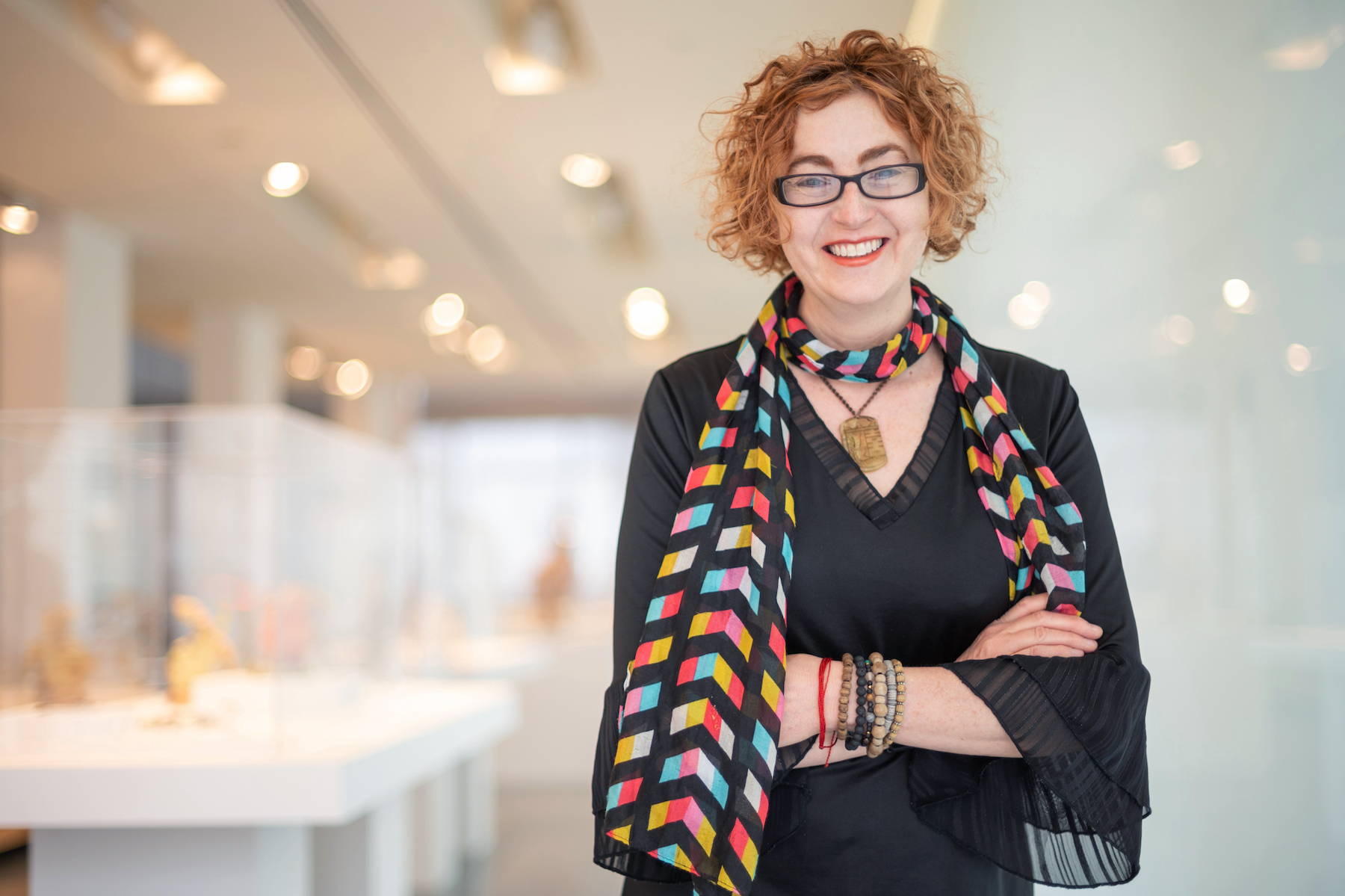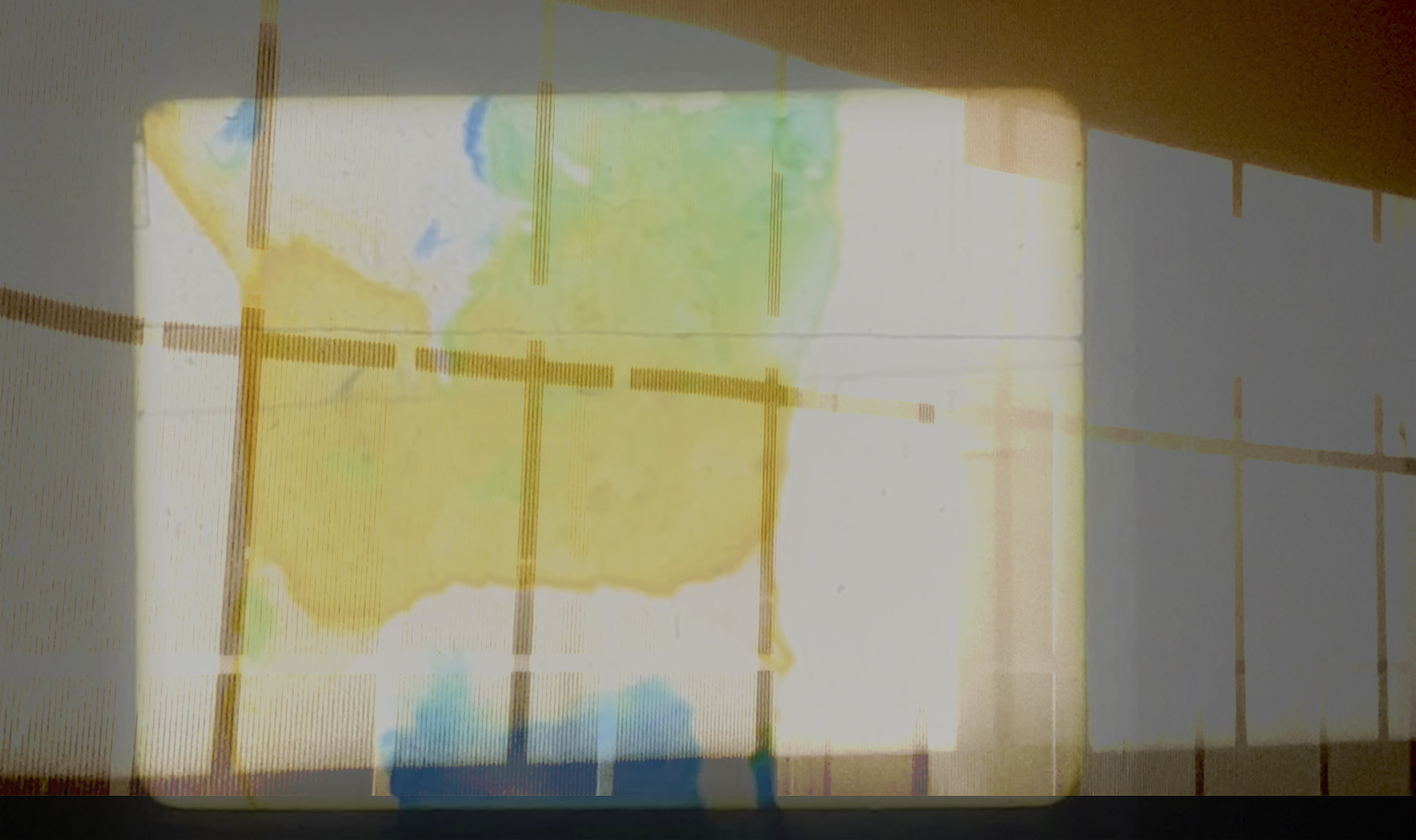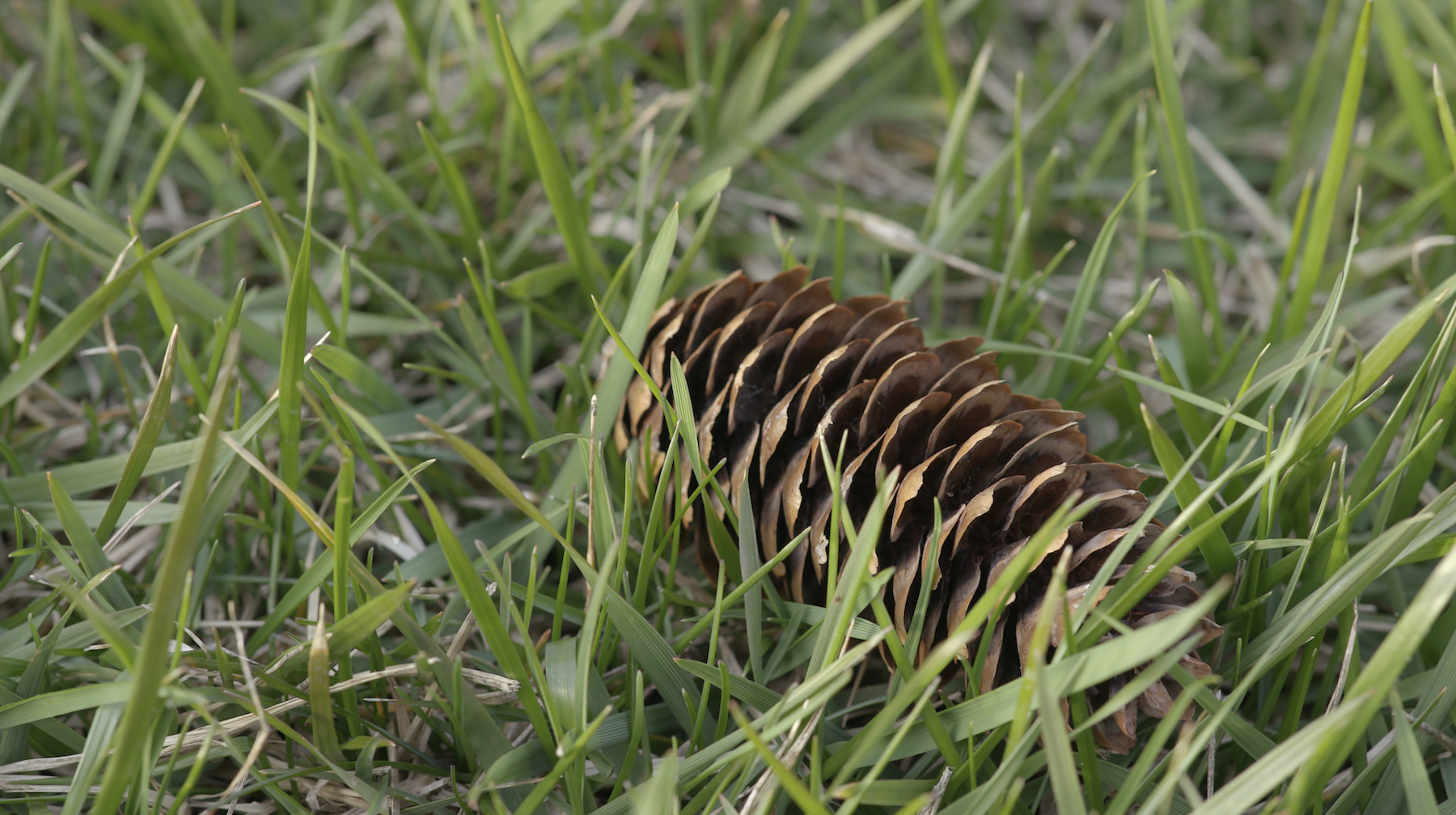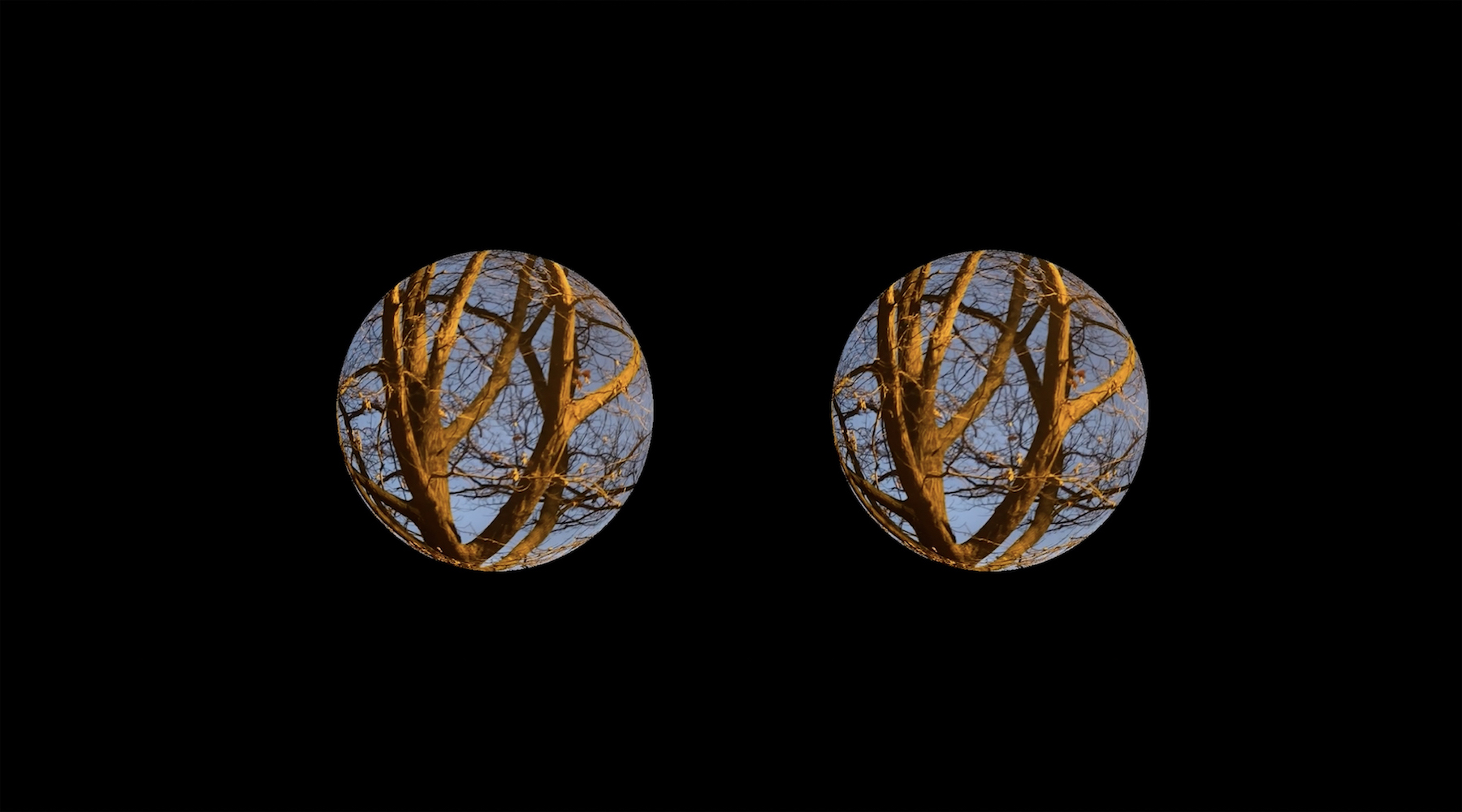
Jojin Van Winkle, Racine
2022–23 RAM Artist Fellowship Award Recipient
Jojin Van Winkle is a multimedia artist, experimental filmmaker, and screenwriter based in southeastern Wisconsin. As Assistant Professor of Art at Carthage College, she directs the Photography and Film + New Media Programs. She has a BFA from The School of the Art Institute of Chicago, Illinois, and an MFA and MA from the University of Wisconsin–Madison. Van Winkle is also a National College Art Association’s Professional Practices Committee Member.
Van Winkle has undertaken international and national artist residencies and received numerous grants and awards, including Chicago’s Community Arts Assistance Program (CAAP), WAICU’s 2019 Equity in the Classroom, and faculty research grants. She has had multiple solo exhibitions and work screened globally at festivals and museums.
Van Winkle worked on the 2016 Liberian land rights documentary titled The Land Beneath Our Feet as the Associate Producer with additional camerawork. She was the United States-based cinematographer for the 2015 PBS/Independent Lens documentary, In the Shadow of Ebola. Both award-winning documentaries were screened at international and national festivals.
Artist Statement
My current art is experimental, grounded in the cinematic. I use 16mm and Super 8 film cameras, high-definition video cameras, DSLRs (digital single-lens reflex cameras), and smartphones to make films, videos, and photographs. In my documenting and editing processes, slow-motion, fast motion, and layered imagery recur.
My lens-based research centers around my evolving practice of listening—emphasizing resilience and the human condition. This focus on listening both with my eyes and my ears stems from and supports my own meditation practice and cultivated dream-life. I document everyday life. I like to find the theatrical within everyday experiences. Light, shadows, and vibrant colors play a role in transforming average existence into iconic moments. It is about consciously being present in the moment, sort of like being at the right place at the right time.
During the Covid-19 pandemic, my moving image practice transformed to include performance in which I am moving the camera with concentrated emphasis or I am in front of the camera as the subject. I also began to incorporate my writing into my films. Text is now both a narrative and visual component of my new work. Text acts as a silent character, adding a voice in time and space.
Listen more.
Jojin Van Winkle, Racine
2022–23 RAM Artist Fellowship Award Recipient

Photography: Camela Langendorf, Varitay Studios
Jojin Van Winkle is a multimedia artist, experimental filmmaker, and screenwriter based in southeastern Wisconsin. As Assistant Professor of Art at Carthage College, she directs the Photography and Film + New Media Programs. She has a BFA from The School of the Art Institute of Chicago, Illinois, and an MFA and MA from the University of Wisconsin–Madison. Van Winkle is also a National College Art Association’s Professional Practices Committee Member.
Van Winkle has undertaken international and national artist residencies and received numerous grants and awards, including Chicago’s Community Arts Assistance Program (CAAP), WAICU’s 2019 Equity in the Classroom, and faculty research grants. She has had multiple solo exhibitions and work screened globally at festivals and museums.
Van Winkle worked on the 2016 Liberian land rights documentary titled The Land Beneath Our Feet as the Associate Producer with additional camerawork. She was the United States-based cinematographer for the 2015 PBS/Independent Lens documentary, In the Shadow of Ebola. Both award-winning documentaries were screened at international and national festivals.
Artist Statement
My current art is experimental, grounded in the cinematic. I use 16mm and Super 8 film cameras, high-definition video cameras, DSLRs (digital single-lens reflex cameras), and smartphones to make films, videos, and photographs. In my documenting and editing processes, slow-motion, fast motion, and layered imagery recur.
My lens-based research centers around my evolving practice of listening—emphasizing resilience and the human condition. This focus on listening both with my eyes and my ears stems from and supports my own meditation practice and cultivated dream-life. I document everyday life. I like to find the theatrical within everyday experiences. Light, shadows, and vibrant colors play a role in transforming average existence into iconic moments. It is about consciously being present in the moment, sort of like being at the right place at the right time.
During the Covid-19 pandemic, my moving image practice transformed to include performance in which I am moving the camera with concentrated emphasis or I am in front of the camera as the subject. I also began to incorporate my writing into my films. Text is now both a narrative and visual component of my new work. Text acts as a silent character, adding a voice in time and space.
Listen more.
Interview with the Artist, January 2023
Please share the basics of your art career thus far. Education, years working, etc. How long have you been a part of the Racine/Kenosha community?
Pinpointing my artist consciousness is synonymous with acquiring my first camera. I spent fourteen months in Germany as an exchange student in high school. Thru the lens of my 35mm Pentax camera, I witnessed light, shadows, and reflections in raw, visceral ways while experiencing another culture.
Decades later, I am a multimedia artist, experimental filmmaker, screenwriter, cinematographer, producer, and educator. My art is in galleries, museums, and film festivals globally. My ongoing work, The Destruction Project, was the subject of a solo exhibition at the Madison Museum of Contemporary Art in Wisconsin during 2020 – 21.
I participate in artist residencies internationally. I exhibited large-scale installation art before pursuing lens-based media. For the Liberian land rights documentary, The Land Beneath Our Feet (2016, 60 min.), I was an associate producer with additional camerawork. I was the USA-based cinematographer for PBS/Independent Lens documentary, In the Shadow of Ebola (2015, 27 min.). Both documentaries screened at international and national festivals, winning awards.
As an Assistant Professor at Carthage College, I direct the Photography and Film and New Media Program. I have an MFA and MA from the University of Wisconsin-Madison and a BFA from the School of the Art Institute of Chicago, Illinois. I have lived in Wisconsin since 2013 and locally for four years.
Would you please describe your work–what materials you use, what subject matters you explore?
We live in a visual culture. More people than ever before in human existence make and distribute images globally with smartphones. To be a photographer/filmmaker today requires awareness of this vast image stream and demands cultivating meaningful individual vision.
Working in lens-based media, I use a range of gear from analog 16mm and Super8 movie cameras to high-definition video cameras, DSLRs, and even my smartphone. In my practice involves a multi-layered workflow. I direct, film, and edit my work in Adobe Premiere Pro. Slow-motion, fast-motion, and layered imagery recur in my documenting and editing processes.
At the core my practice connects to narrative. Some projects are grounded in experimental or non-linear storytelling. These artworks’ visuals emphasize basic design elements like light, color, and texture. Other projects involve documenting individuals, places, and objects revealing their stories, and uncovering social and psychological implications of everyday existence.
Conceptually, I create theatrical imagery that captures the unexpected beauty visible in loss and renewal. During the pandemic, I put myself in front of the camera and physically moved the camera as a response to lockdowns, then as comic relief, and now as a meditative practice. I intend to generate immersive environments, creating dreamlike, meditative landscapes.
How often are you in your studio? Do you work outside of your studio much or at all?
As a photographer, filmmaker, and video artist, I compose and edit before I ever pick up a camera, adjust the lens, snap the picture, or press the record button. My various art practices have a symbiotic relationship, aiding me in remaining present. I like to begin my days connected to what I see as my life’s purpose.
My writing, meditating, and planning time occurs daily early in the morning, around 5am. I write every day. My process starts with words, meditation, and a walking practice. Walking allows me to think and spend time gathering images (still and moving images) from my daily surroundings for an ongoing image collection database which I can utilize for different projects.
My film, video, and photography take place at various times, day and night, depending on the project’s focus. I travel for this practice on weekends during the academic year and during highly concentrated times over the fall, winter, and spring academic breaks, and the summer.
My preferred time for editing is in the evenings or late into the night. It is a quiet time for me, close to a dreamlike state.
I supplement my cyclical practice by recharging at extended artist residencies internationally and nationally. These are places and programs where I can meet, interact and collaborate with other artists from different disciplines.
What inspires you most these days? But also, what do you go to bed thinking about most nights?
Cultivating a meaningful spiritual practice for peacefulness and mindful action grounds me. I’ve been reading books by Buddhist monks and nuns for several years now: Thich Nat Hahn, Pema Chödrön, Shunryu Suzuki, Chögyam Trungpa, and others. Their combined and varied wisdoms filter into my thoughts and actions throughout the day.
At night, before I fall asleep. I am working on unplugging to have a dynamic (and restful) dream life. My nighttime dreams are a significant compass for my creativity. This January, I’ve been doing a nightly yoga challenge. It feels good to stretch my body and re-center at the end of the day. The goal is to continue this evening yoga practice for an entire year. By summer, I hope to know if its become essential to my life and positively impacted my well-being. I like to read in bed—a chapter a day. I recently started reading a book about the extraordinary life of a Tibetan Buddhist nun, Ani Pachen.
What does it mean to you to get recognition as a RAM Fellowship Artist?
I am thrilled to be a RAM Fellowship Artist. This is my first artist fellowship. I am honored to be included in this prestigious southeastern Wisconsin art program which culminates in a solo museum exhibition. I hadn’t expected to be selected for this important fellowship since I am newer to the area.
Receiving the good news about the award gave me a much-needed energy boost. Knowing that my creative work spoke to others in this competition has lifted my spirits after several years of globally challenging times. This success continues to fuel me as I progress with my creative endeavors this week, this month, and this year.
Sample of Work
Click/tap an image for more information










